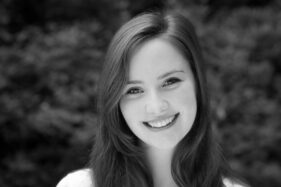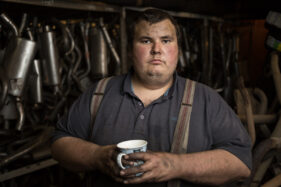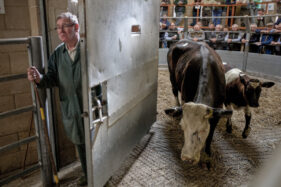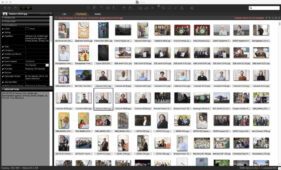If you look at my corporate communications photography you won’t see much in the way of special effects or filters. I would describe my style as clean, bright, modern and (influenced by my news background) mostly un-touched by stylistic manipulations.
That isn’t to say I don’t appreciate the work of photographers whose images might be more stylised in their finish, but it has to be done with purpose, consistency and definitely mustn’t be overdone. So it’ll be interesting to see if the release by Google of their Nik Collection imaging software as a free download (up to now it’s been a relatively expensive suite of editing tools) will have a noticeable effect on many professional photographers’ portfolios.
Will there be a rush to explore and play with the multitude of effects (believe me, there are many, possibly hundreds), each tweakable to one’s heart’s content?
I decided to download the software myself and have a play. After all, I am sometimes asked to do black and white conversions; this requires more than just removing colour from an image. I’ve always been happy with how I do this in Lightroom, but could the Nik Silver Efex Pro plugin for Lightroom enable me to do this better or quicker?
The other plugin I wanted to try was the Analog Efex Pro 4 part of the suit as I wanted to see if there were colour treatments which might suit some of my clients looking for a particular look for the web or brochure images.
The gallery on this page shows some of the results of my “playing about.” I’ve included one version which shows what can happen if you just apply one of the automated effects without due care and attention. I’ll leave you to guess which one it is.
Roll your mouse over the preview images to see what software was used and click on an image to see it larger.
I have to say that in my limited time using the software I’ve found the vast majority of it to be surplus to requirement, but then there are always great swathes of any imaging software which most photographers never use, it’s just a matter of finding the useful bits and sticking to using those.
Perhaps a bigger issue for me, and I’m willing to accept this might be a novice mistake, is that I can’t see how to apply edits across a range of images in one go, known as synchronising in Lightroom. I’m assuming there is a way of doing this (maybe saving edits as a preset?), but if not then it could mean using any of these editing tools is going to be long-winded for anything other than occasional, individual files.
On a lesser note, the difference between a Lightroom mono conversion and a Silver Efex one seems to be a matter of preference and probably some more tweaking in the software. If there isn’t an easy way to synchronise adjustments across images within the Nik software, it’ll be of little benefit.
I suspect I will turn to the Nick software on occasion, but maybe more for personal projects or experimentation on individual files. I think it’s safe to say I’m not going to start applying filters regularly to my images by default, probably only when a client requests it.










